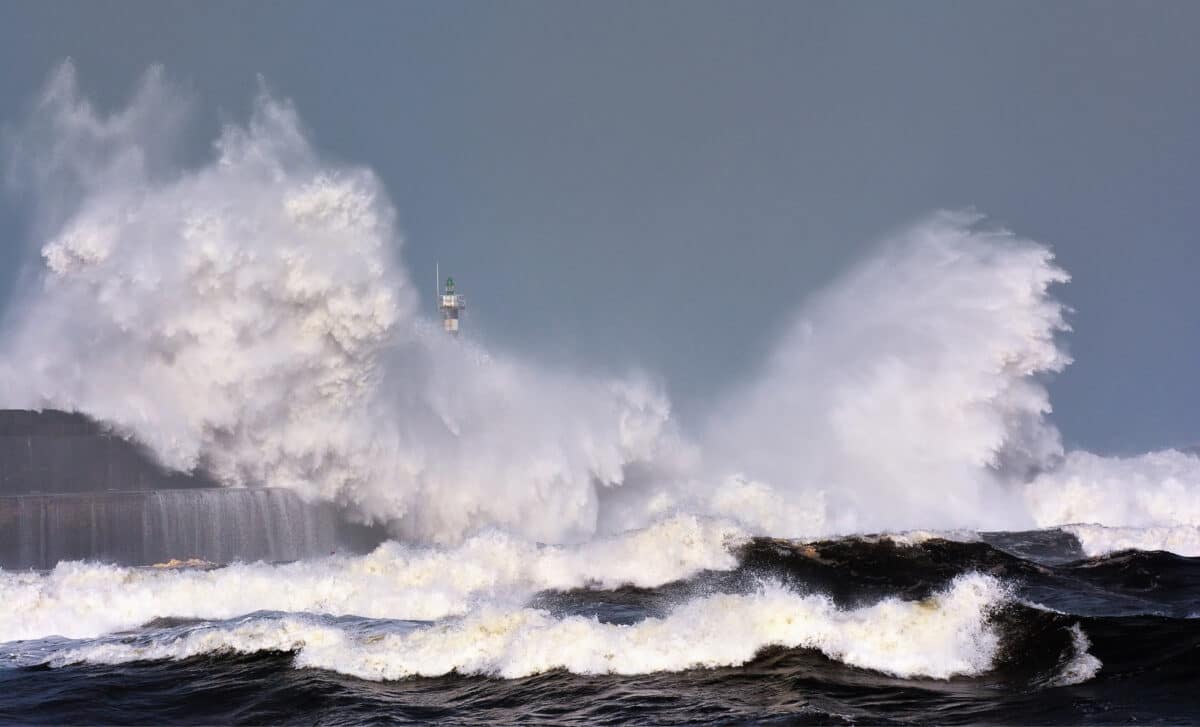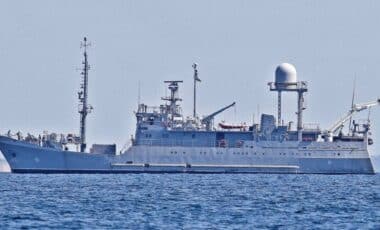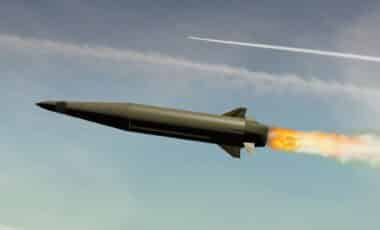A magnitude 8.8 earthquake struck off the eastern coast of Russia’s Kamchatka Peninsula late on July 29, setting off tsunami warnings throughout the Pacific. The quake, recorded at a depth of 19.3 kilometers, was centered approximately 136 kilometers from the city of Petropavlovsk-Kamchatsky and was followed by at least six aftershocks.
Le Figaro reported that several tsunami waves flooded streets in the northern part of the Kuril Islands, prompting the evacuation of residents and the declaration of a state of emergency. The impact extended well beyond Russian territory, with alerts issued in Japan, the United States, and across the Pacific basin.
The quake was one of the strongest ever recorded in the region, matching the scale of the 1952 event that generated destructive Pacific-wide tsunamis. The peninsula sits on the boundary between the Pacific and North American tectonic plates, making it one of the world’s most active seismic zones. Local authorities and seismic agencies warned that aftershocks reaching up to magnitude 7.5 could still occur in the coming days.
China Just Beat Starlink—With a Laser From 36,000 Kilometers Away
Tsunami Alerts From Asia to the Americas
The earthquake prompted emergency alerts across multiple nations. In Russia’s Severo-Kurilsk, tsunami waves submerged entire streets. The mayor stated that all residents had been successfully evacuated to higher ground with about an hour’s notice. The regional government in Sakhalin officially declared a state of emergency in the northern Kuril Islands, where about 2,000 people live.
In Japan, the Meteorological Agency warned of repeated tsunami waves and instructed residents to stay away from the coast. Waves of 30 centimeters were recorded in Miyagi Prefecture at 13:52 local time. Evacuations took place near the Fukushima nuclear plant, which was damaged by a 2011 tsunami, and train services in parts of the country were suspended. The alert zone stretched across the entire northern and eastern coast of Japan, including peripheral islands and areas as far south as Osaka.
The United States issued tsunami warnings along its entire Pacific coastline, from Alaska to California. Peru, the Galapagos Islands, and China also issued similar alerts. In the Philippines, coastal residents were advised to move inland, while fishermen at sea were instructed to remain in deep waters. Hawaii anticipated waves exceeding three meters, and the state’s governor warned residents to stay away from the shore, stating, “This is not an ordinary wave. If you are hit by a tsunami, it will kill you.”
Widespread Response and Protective Measures
As detailed by Le Parisien, Ecuador’s government ordered preventive evacuations on beaches throughout the Galapagos Islands. In Mexico, authorities instructed people along the Pacific coast—from Baja California to Chiapas—to avoid the ocean. Australia, Colombia, New Zealand, Tonga, and Taiwan were also listed among the countries where tsunami waves of up to one meter were expected.
The Pacific Tsunami Warning Center described the impact potential as “dangerous” and highlighted that waves between one and three meters above tide levels were likely along coastlines in Russia, Ecuador, Hawaii, Japan, Chile, Costa Rica, French Polynesia, Guam, and other Pacific islands and archipelagos. Other areas, including parts of Australia and Colombia, were expected to experience lower wave heights but remained under advisory.
Footage from Severo-Kurilsk showed buildings flooded and infrastructure submerged. Emergency services confirmed that all inhabitants had been evacuated to designated safety zones. Local officials in the Kuril district emphasized the urgency of the situation in early morning communications with national media.
Geological Context and Historical Parallels
The event mirrors a 1952 quake in nearly the same location, which reached magnitude 9.0 and triggered destructive tsunamis across the Pacific. The epicenter of the current quake corresponds closely to that historic event.
Kamchatka’s seismic profile includes at least seven high-magnitude earthquakes—above 8.3—since 1900. This latest tremor is the most powerful recorded in the region in more than seven decades. A more recent quake of magnitude 7.4 had already been recorded off the same coastline on July 20, although it did not cause major damage.
The US Geological Survey confirmed the details of the main quake and its subsequent aftershocks, which included magnitudes of 6.9 and 6.3. Local sismologists in Kamchatka warned of further seismic activity in the days to follow, underscoring the region’s ongoing volatility.








